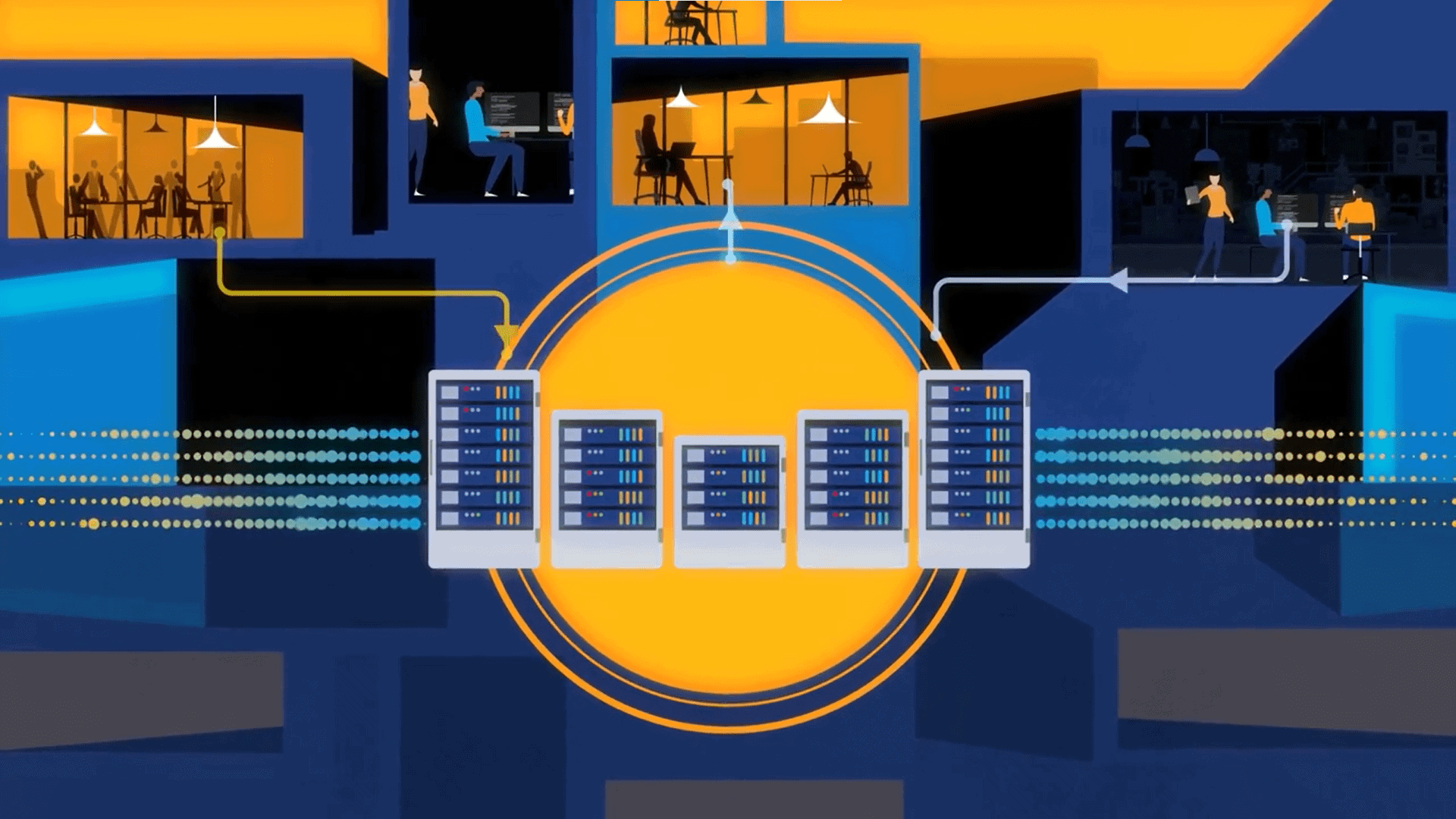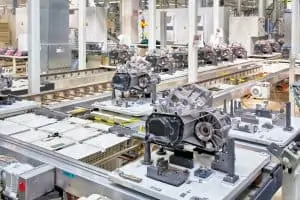
For innovation to take place, organizations need a storage infrastructure that can adapt to new technologies such as higher-density storage media or more advanced fault-tolerance requirements.
High Performance Computing (HPC) is now more resource-hungry than ever. Whether the requirement is to deliver deep AI training, groundbreaking scientific simulations, complex risk modeling, or a myriad of other applications, technology infrastructure is being pushed to its limits.
Given the data-hungry nature of just about every HPC use case, these issues also extend to storage, where the ability to protect, access, and preserve information at scale is as critical as raw performance. In particular, organizations relying on legacy storage architectures built around static tiering and high-availability pairs are under significant pressure, with workloads exposed to bottlenecks and increased vulnerability to failures. Whichever way you look at it, these challenges are now inextricably linked to innovation.
The quest for data durability
For those in this position, the missing pieces of the storage jigsaw are reliability and resilience. More specifically, HPC applications depend on access to data that is durable, accessible when needed, and for which recovery processes are in place to restore service quickly whenever required.
Let’s take an important HPC use case as an example: scientific simulations. Imagine a university research team is running simulations on large datasets – if their systems aren’t durable, a single outage could distort results and delay development. With durable infrastructure in place, however, their work can continue uninterrupted, and long-term goals remain on track. These dependencies are important: durability is required for a system to achieve availability, but a system can be durable and not be available. The same scenario now applies across the HPC ecosystem, albeit on a much broader scale.
So, where does this leave IT leaders for whom HPC is mission-critical? At a foundational level, meeting storage performance and reliability needs depends on technologies that exceed traditional performance levels. Looking at hardware infrastructure first, organizations are typically faced with a choice between hybrid storage technologies, which integrate SSD performance with HDD capacity, or all-flash systems. The approach they take depends on considerations such as performance demands and budget; however, in either case, durability must also be addressed through continuous monitoring and regular recovery testing processes.
Building an HPC-ready storage strategy also depends on embedding resilience from the outset. At a technological level, Multi-Level Erasure Coding (MLEC) offers greater fault tolerance than traditional RAID by protecting against multiple simultaneous failures. For those handling petabyte-scale datasets, combining MLEC with a hybrid architecture can provide an optimal balance. Where real-time access is critical, all-flash systems deliver the lowest latency, albeit at a higher associated cost.
Operational capabilities are just as important. Automated data integrity checks can detect and isolate corruption before it impacts performance or outputs. Regularly scheduled recovery drills, designed to simulate realistic fault conditions, ensure that restoration processes can be executed within the tight timeframes HPC applications demand. The underlying point is that by aligning these measures with data governance and compliance frameworks, it’s much easier to fully address both technical risk and regulatory exposure.
See also: Beyond Speed: Why Modern HPC Must Prioritize Data Durability to Maximize ROI
Looking ahead at storage architecture issues
These are extremely important issues, especially given the growing emphasis on HPC and its role in driving innovation at the leading edge. Looking ahead, as these workloads and associated datasets continue to scale, in some cases exponentially, storage architectures will need to become more modular.
For example, organizations need to be able to add capacity or performance components without the wholesale replacement of the underlying storage architecture. In these situations, vendor-neutral solutions play a crucial role in avoiding lock-in by ensuring that infrastructure can adapt to new technologies such as higher-density storage media or more advanced fault-tolerance requirements.
Central to this discussion is the need to minimize risk, and as a result, scalability should always factor in data growth and workload evolution, particularly given the extremely rapid pace of change around areas such as AI, for example. Get this right and HPC will continue to support innovation at every level.






























